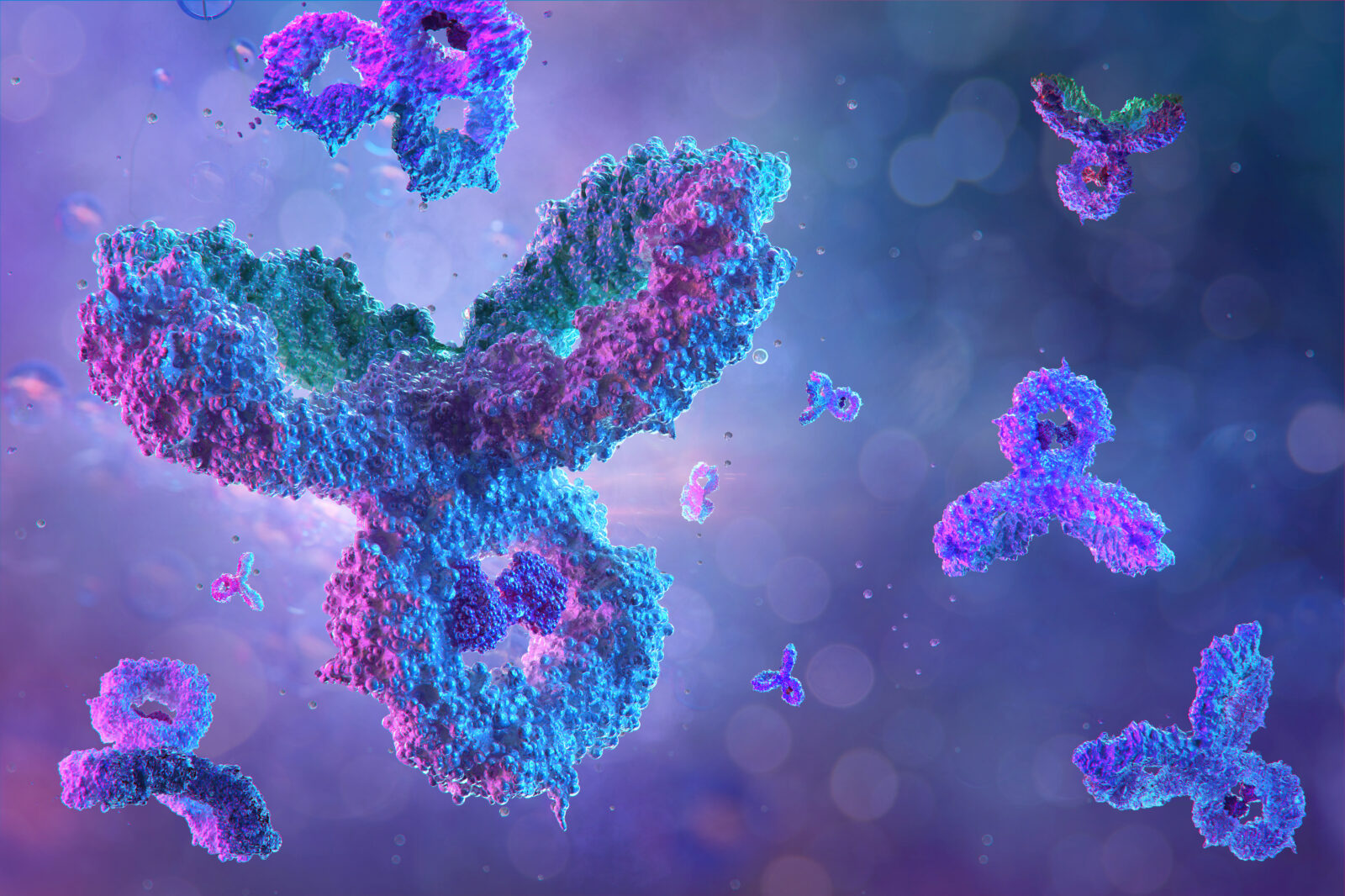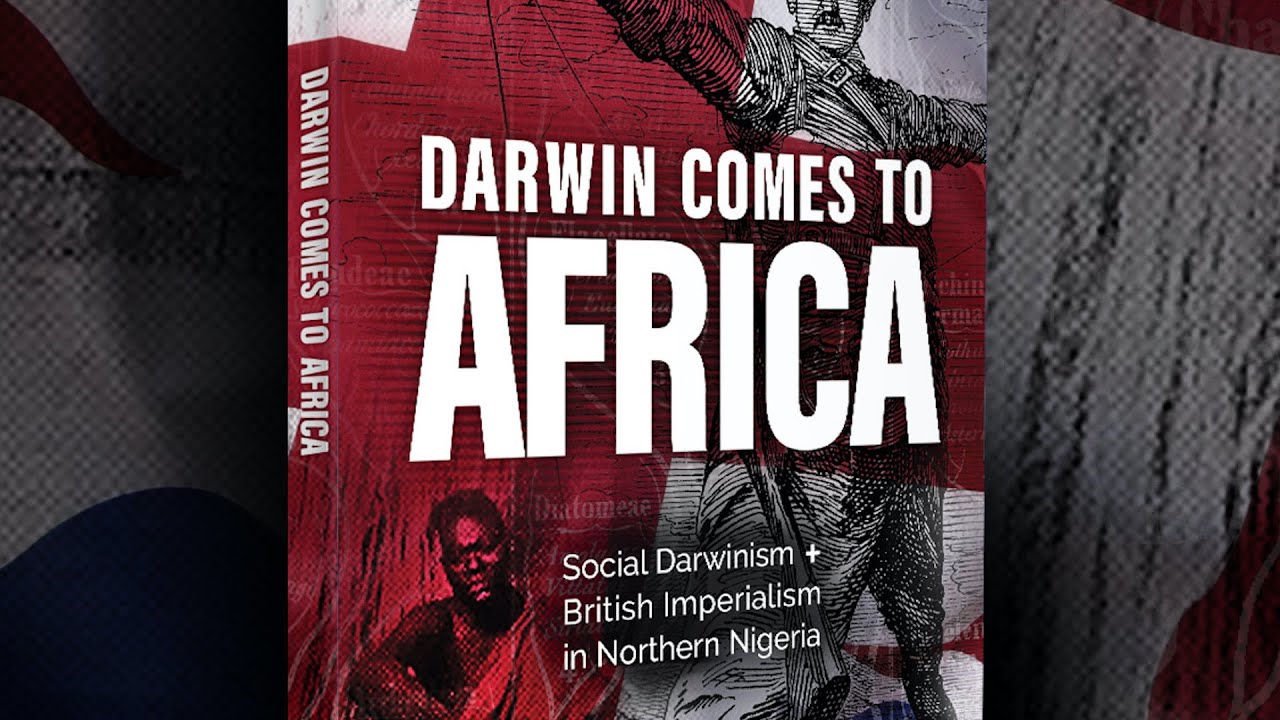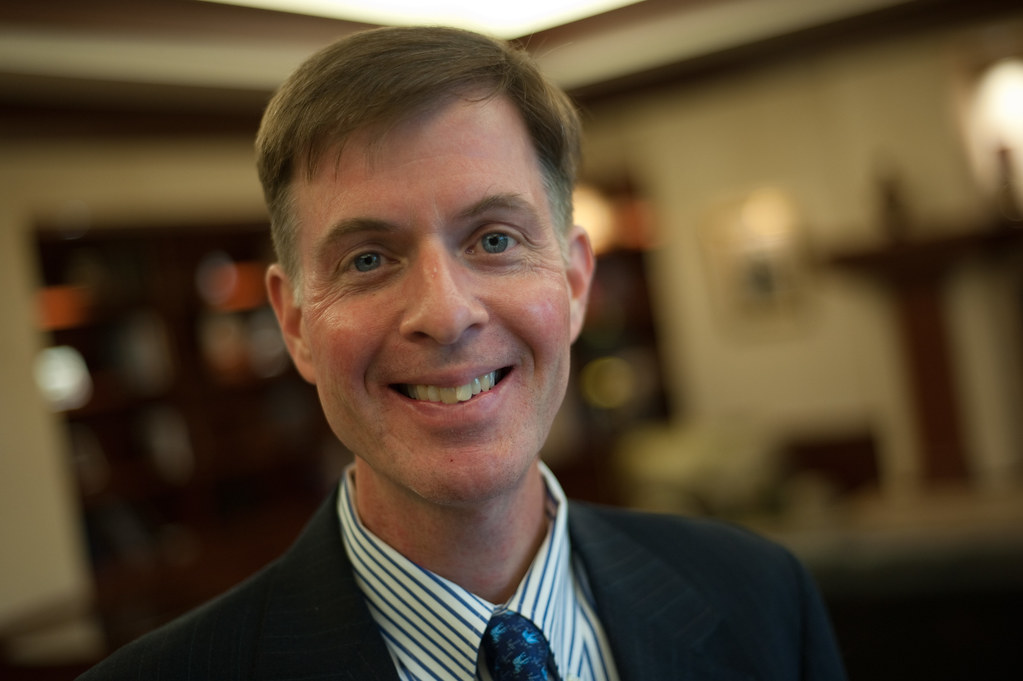


A Chat with Blake Lemoine on Google and AI Sentience

When Darwinism Came to Africa, Horrors Ensued

Alex Schadenberg on the Canadian Euthanasia Epidemic

More Porn = More Trafficking

New South Africa Book Explores Evidence of Design

Ruminants, Moon Watchers Bedevil Darwin

Social Media’s Role in Human Trafficking

Tim Goeglein on the Case for Teaching the Great American Story
